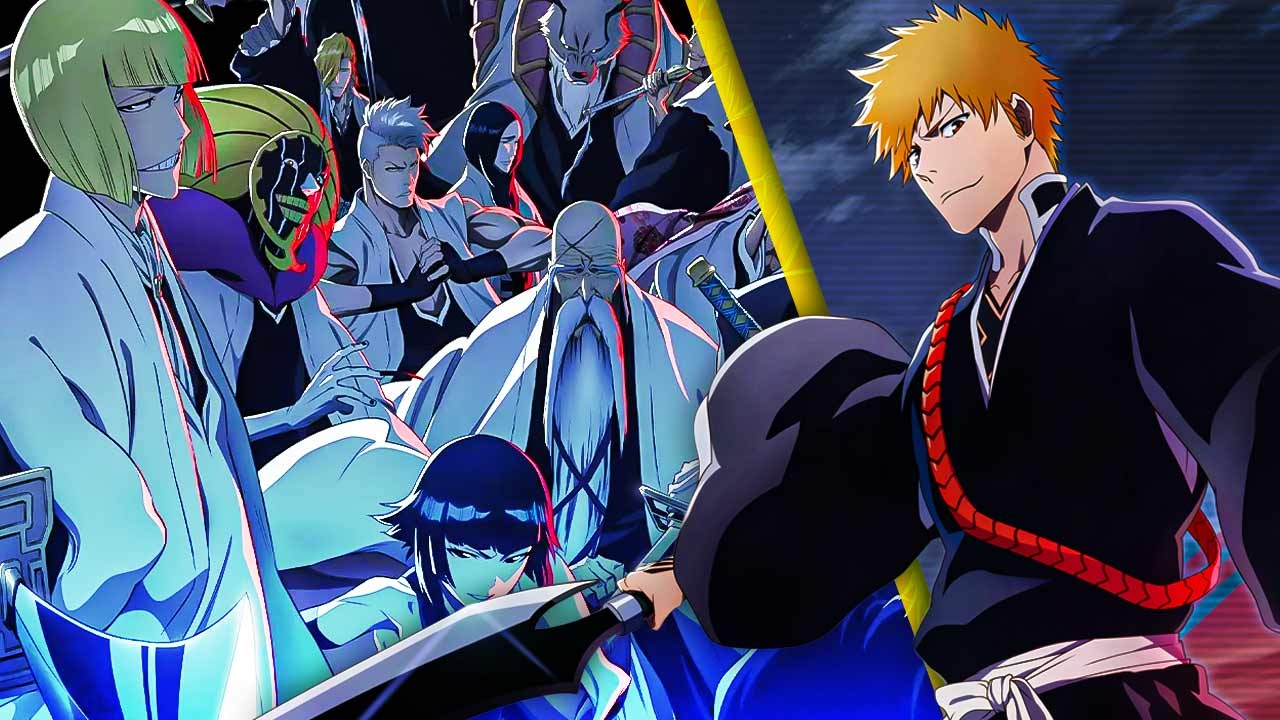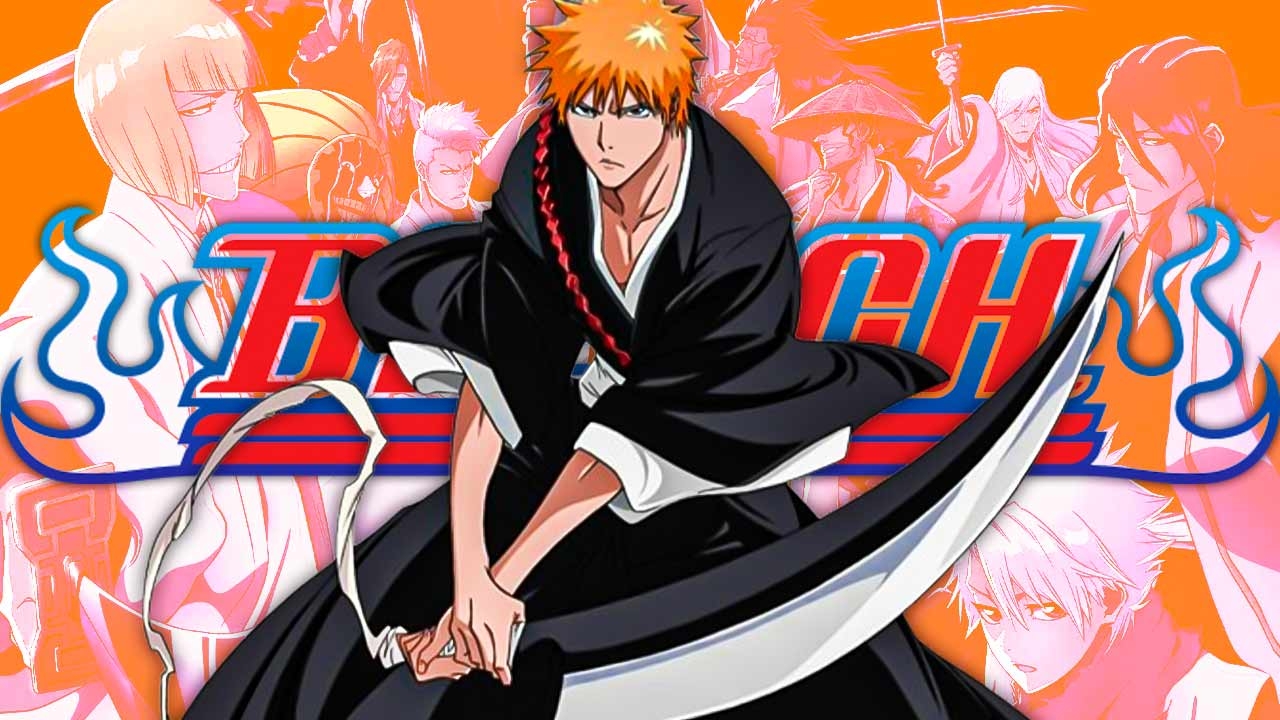“I got used to it”: Tite Kubo was Left with No Option But to Make Simple Kimonos in Bleach Despite Having Bigger Plans
Launched in 2001 in Japan, Tite Kubo’s popular manga series Bleach quickly established itself as one of Shonen Jump’s legendary “big three,” alongside Eiichiro Oda’s One Piece and Masashi Kishimoto’s Naruto. While One Piece is an allusion to the fabled treasure that belonged to Gol D. Roger, the Pirate King, Naruto is obviously named after its titular character.
As a result, even now, years after the conclusion of the series, Bleach has the most peculiar moniker among the Big Three, one whose meaning isn’t quite clear.

Though there’s a reason the manga is named Bleach, anime titles don’t always make sense. Manga legend Akira Toriyama encouraged Tite Kubo to proceed with Bleach‘s publication, despite its peculiar title, after his one-shot comic book series failed. Kubo’s insistence on calling the series Bleach is a quintessential Kubo move, if not a deft interpretation of the Soul Reapers concept.
Tite Kubo Revealed Why Bleach Characters Wear Simple Kimonos

Bleach was influenced by the old Japanese death gods, or Shinigami, who gathered souls while wearing black robes, as Tite Kubo disclosed in interviews. Ichigo Kurosaki, the protagonist of Bleach, wasn’t even the first character to be conceived for the manga, therefore Tite Kubo prioritized aesthetics over storyline. It was Rukia who was created first, and her appearance was significant.
Before anything else was created for Bleach, Rukia was created to resemble a traditional Shinigami. She was equipped with a katana and wore a plain black kimono that made her stand out. Tite Kubo titled the entire series after Rukia since she eventually came to represent the look he was going for. This is how the manga series came to be named “Bleach”.
In a 2007 Shonen Jump interview, Kubo revealed why the characters of Bleach wear simple kimonos. He said:
Initially I wasn’t all that interested in a traditional Japanese look, so it was hard at the start, but I got used to it. I wanted a kimono style that was slightly different from the usual. For instance, I wanted some decoration along the edges and sleeves that fluttered a lot to make the action scenes gorgeous to watch.
It is difficult to imagine Bleach characters in anything else other than the traditional kimono. The idea of “black vs. white” also served as inspiration for the Soul Reapers’ adversaries as well as the title of Bleach and their robes. Surprisingly, the villains in this series get to wear all-white attire. For instance, the Quincy tribe distinguishes themselves from the Soul Reapers by dressing in stark white military garb.
Tite Kubo Found Inspiration For Bleach In An Unusual Way

In an interview with Tite Kubo in 2018, the mangaka revealed how he found inspiration for Bleach and it was certainly unusual. When asked about his inspiration for Bleach, Kubo replied:
I wanted to draw Soul Reapers wearing kimono. When I first designed Rukia, she wasn’t wearing kimono, but I wanted to create something that no one has seen before. From there I created the world of Bleach.
Kubo also mentioned emphatically that the characters come before the plot when asked what comes first, the character or the plot. Unlike other mangakas who sketch the characters around the plot or create the plot first, Kubo clearly focuses more on the characters and builds the plot around them.
In the same interview, Kubo disclosed that he really didn’t intend the characters to have certain personalities when he came up with them. He said that sometimes he couldn’t think of any new characters. Then other times, he would come up with ten or more new characters.







